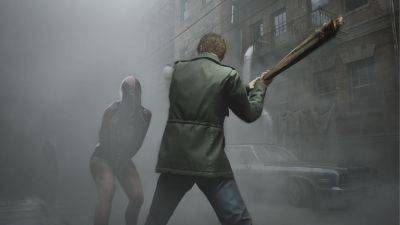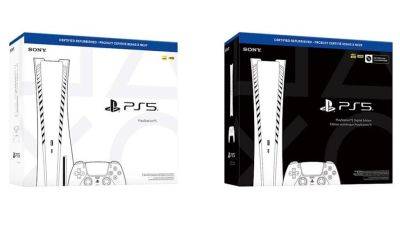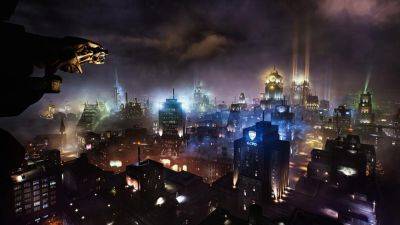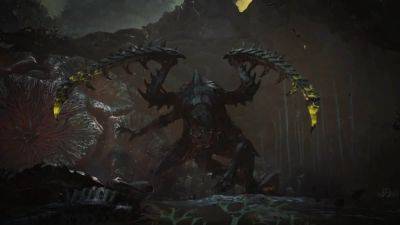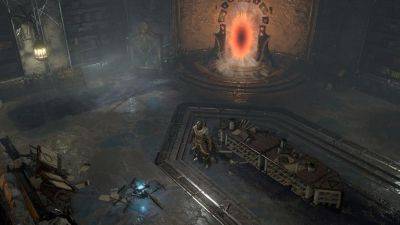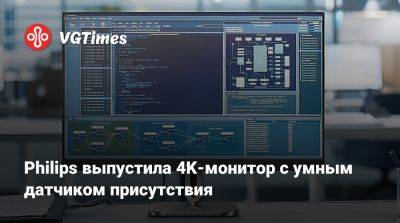Assassin’s Creed Shadows – Building the Next Generation of Assassin’s Creed
When Assassin's Creed Shadows launches on November 15, it will be the first entry in the franchise built solely for current-generation hardware. Knowing this, the development team at Ubisoft Quebec wanted to do things that had never been done before on Assassin's Creed, or that frankly couldn't have been done before. To understand how Assassin's Creed Shadows uses new tech to bring new experiences to the franchise, we spoke with Art Director Thierry Dansereau and Technology Director Pierre Fortin.
In order to improve image quality and ensure that Shadows is the best-looking Assassin's Creed ever, the team rescaled the world to more realistic ratios, added ray-tracing global illumination, and utilized micro polygon tech. "We've actually had some form of global illumination in Assassin's Creed for years," says Fortin. "But ray-tracing global illumination allows us to be much more dynamic."
In past Assassin's Creeds, global illumination was static; light would bounce off surfaces and diffuse realistically, but it wouldn't and couldn't adapt to environmental changes, and while previous games didn't allow for many environmental changes, Shadows is filled with them: Lights can be turned off and on, doors can be cut down or smashed through, and bamboo trees, market stalls, and fences can all be destroyed. Thanks to ray-tracing global illumination, the lighting interacting with all of these objects and environments will adjust accordingly.
Micro polygon tech may not be as familiar of a term as "ray-tracing," but Fortin highlights just how revolutionary the technology is, even though it's working behind the scenes. Because Assassin's Creed's vast open worlds have long sightlines and draw distances, developers can't render all

 news.ubisoft.com
news.ubisoft.com